Be a Tourist
- Vivir en Madrid
- Be a Tourist
IN THE SPANISH CAPITAL
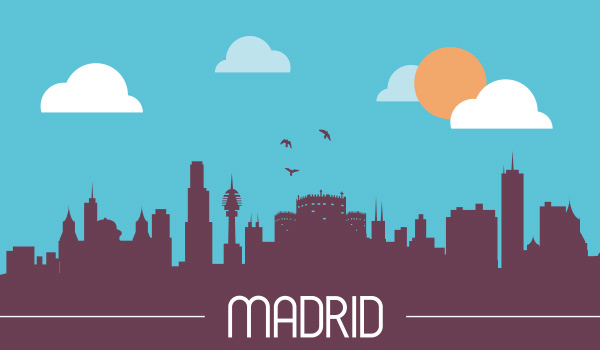
Madrid is close to everything; it’s excellently located and is very well connected with the surrounding region. While you’re here, make sure to visit the monuments, cities and landscapes declared World Heritage Sites by UNESCO. There are nine World Heritage sites less than two hours away from Madrid!
Start by taking a look at the Tourist Assistance and Information Services (SAIT) where you’ll receive information and clear up any doubts before kicking off your visit to Madrid. See the full list of Tourist Information Centres. You can also take Guided tours of the city of Madrid for an in-depth look at everything the city has to offer.
- Download suggested guides and tourism information on your mobile phone.
VISITING THE SURROUNDING REGION
Charm and a lot of history
Before going sightseeing, it is always a good idea to search for photos of the site... As they say, “A picture is worth a thousand words”. Here are a few spectacular places that you must see before heading back to your country:
Toledo

Toledo, is proof that Christians, Muslims and Jews can live together peacefully, evidenced by its unparalleled architectural wealth. Walking through the narrow, winding streets that protect you from both the heat and cold, you can visit the Mosque of Cristo de la Luz (10th century), the Synagogue of El Tránsito (14th century), the Cathedral, the Alcázar of Toledo and the Museum dedicated to the painter “El Greco”. Keep in mind that the summers are short and very hot, while the winters are rather cold.
Avila
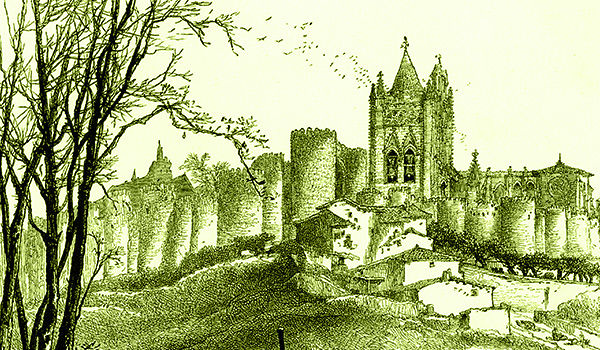
Ávila, holds an imposing Romanesque wall which, with its 88 turrets, surrounds a large part of the historic centre and is considered the best preserved urban walled enclosure in the world. Make sure to take a walk along the wall. We recommend visiting the Cathedral, the Royal Monastery of St. Thomas and the Convent and Museum of St. Teresa of Jesus. Christians, Muslims and Jews also lived together in this city, and each community left its mark.
Aranjuez
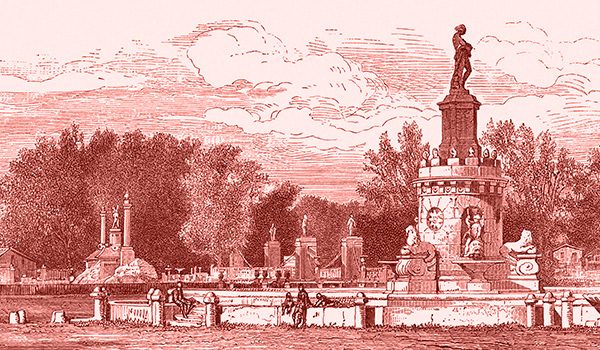
Aranjuez always deserves a visit due to its UNESCO World Heritage Site status. Check out the Royal Palace built in the 16th century to serve as the summer residence of both Philip II and Charles III. Get there by taking the Tren de la Fresa, or Strawberry Train, a replica of the old train from 1851, where the staff are dressed in authentic attire and serve you the famous Aranjuez strawberries.
Buitrago de Lozoya
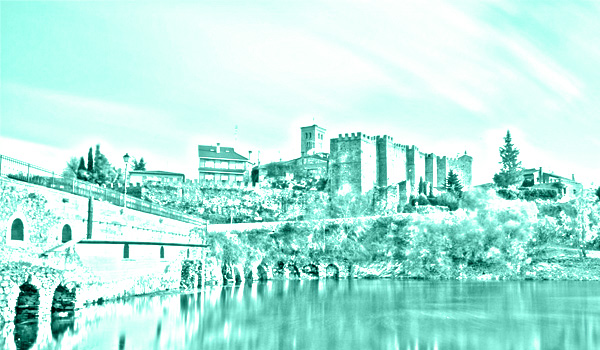
Another fantastic medieval town is Buitrago de Lozoya. Located 75 km from the capital, its historical centre is surrounded by a spectacular wall built by the Arabs and by the waters of the Lozoya river.
Alcalá de Henares
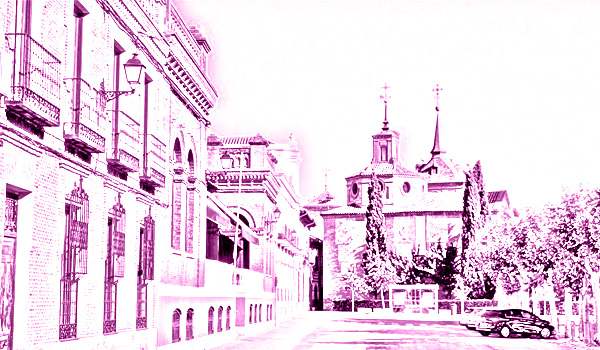
Alcalá de Henares .sits just 30 km from the Spanish capital. Stroll among 16th century buildings in the old town, where we recommend you visit the Cathedral, the Corral de Comedias, the University of Alcalá and the birthplace of Miguel de Cervantes — the novelist, poet and playwright who would become the foremost icon of Spanish literature and who wrote the world-famous “Don Quixote de la Mancha” As for dining, make sure you try some of the city’s delicious “tapas” (a small snack to go along with a drink).
Segovia
In Segovia, the Romans built an impressive aqueduct with 166 arches spanning 17 kilometres. Interesting fact: they didn’t use cement to bind the stones together! We recommend you visit the Cathedral and the Alcázar, a fortress that looks more like the Walt Disney castle than a defensive structure.
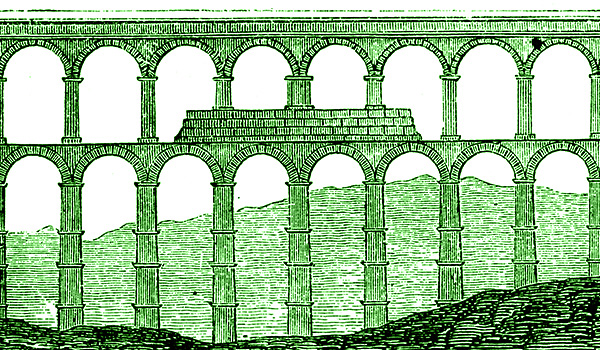
San Lorenzo de El Escorial
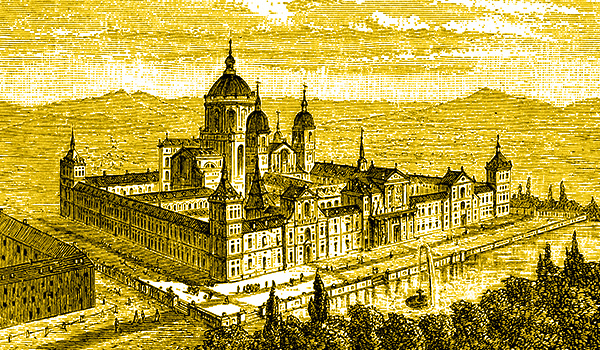
San Lorenzo de El Escorial, surrounded by nature and just 50 kilometres away from Madrid — is one the region’s most renowned cities for its cultural and touristic value. Its main attraction is the Monastery and Royal Site of San Lorenzo de El Escorial, a UNESCO World Heritage Site. We also suggest visiting “La Silla de Felipe II”, or Seat of Phillip II, a spectacular area for hiking.
Chinchón
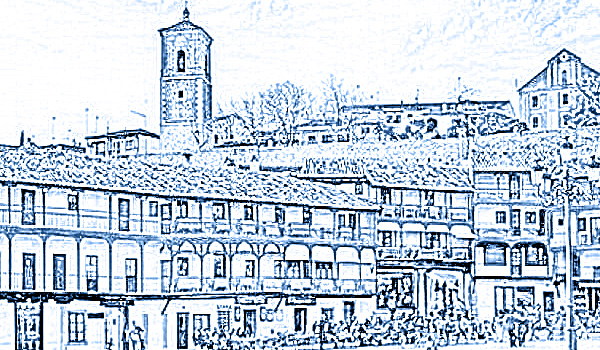
Located 45 km outside Madrid, the Main Square of Chinchón (1502) has had many different functions over the years, including the site of the proclamation of kings, theatrical performances (corral de comedias and autos sacramentales), a bullring, cattle fairs, an execution site, and even the setting of films starring celebrities such as Rita Hayworth, Orson Welles or Cantinflas.
Manzanares el Real
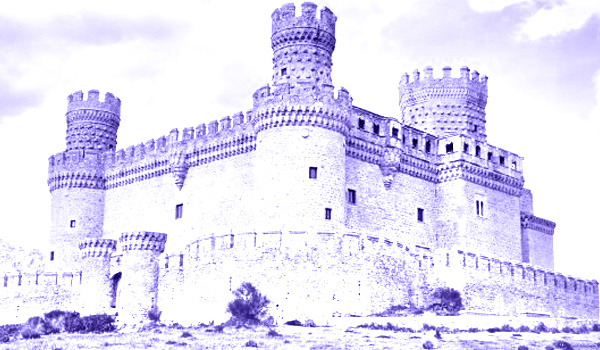
Manzanares El Real: The Mendoza Castle (15th century) is well preserved both on the inside and outside, so a stroll through its rooms will make your feel like a true medieval king or queen.
ACTIVE TOURISM AND NATURE

Who doesn’t feel the need to head to the countryside from time to time to disconnect from the hustle and bustle of the city? Make new memories and restart your body and soul with Active Tourism. You can try group activities and meet new friends, boost your sense of self and enjoy nature in places that will fill you with vitality and harmony.
Discover fantastic routes and trails through Madrid’s nine protected natural areas and enjoy outdoor activities like cycling, nautical tourism and bird watching. What’s more, you can explore the unique fauna, flora and geological history of its woodlands and gorges. Learn about its natural history, taste local products and listen to the rhythm of locals. Ecotourism in Madrid contributes to the sustainability of its towns.
- tip: take a look at this guide on Ecotourism
In the less than an hour from the centre of Madrid in all directions, you’ll find:
Guadarrama National Park, a paradise for hikers and cyclists and also for fans of snowshoeing and cross-country skiing in winter. The same goes for La Sierra del Rincón.
The forest of El Hayedo de Montejo has been recognised as a World Heritage Site by UNESCO and one of the Europe’s southernmost beech groves in the Biosphere Reserve.
The lush oak groves in the southwest, which nearly reach the centre of the capital through El Pardo and the Casa de Campo, are the ideal place for practising many Active Tourism and ecotourism activities.
The mighty Jarama, Manzanares and Tajuña rivers flow into the Tajo River and trace a route that takes us to Aranjuez — a royal UNESCO World Heritage Site — with parts that can be traversed by canoe.
In the East, the immense landscapes of the Alcarria region and the valleys of the Jarama, Manzanares and Tajuña rivers are of great ecological value and feature native vegetation. The Tajuña Greenway and the 40-day Train Greenway are two routes that run along a former railway and are ideal for those who are looking for an approachable biking route.
We can’t forget La Pedriza, a geological masterpiece, or the open-air granite sculpture museum, one of the most renowned climbing spots in Spain.
During summer, head to the mountains in the North of Madrid and take a dip in the natural pools of Rascafría or Cercedilla and enjoy the Sierra de Guadarrama Natural Park with its hiking trails. And in winter, why not take the “snow train” from Madrid to Puerto de Navacerrada for a trip to Cotos Ski resort.
Tip: download the catalogue on Active Tourism
Lastly, if you’re a fan of castles and fortresses, we recommend you flip through this Guide to the Castles of Madrid.

